1921 ROLLS-ROYCE 40/50HP SILVER GHOST ALPINE EAGLE OPEN FOUR-SEAT SPORTS TOURING COACHWORK BY JARVIS, LONDON Registration No. ML 1312 Chassis No. 88NE Engine No. 055 Brown and black with black leather interior. Engine: six cylinder, side valves, 7,428cc; Gearbox: four speed manual; Brakes: four wheel drum; Suspension: front, semi elliptic leaf springs; rear, cantilever. Right hand drive. The Rolls-Royce Motor car has been widely accepted as the ultimate symbol of quality for almost nine decades. Its image has been one of inspiration and legacy having been preserved through two great wars, tremendous depressions and the onslaught of fierce competition. The six cylinder, 40/50hp "Silver Ghost", introduced in 1906 at the London Motor Show at Olympia swiftly established itself as the ultimate in luxury motoring and was soon credited with the title of "The Best Car in the World". This remarkable model remained in production for almost twenty years, with only minor modifications, and was solely responsible for establishing the firm's reputation for engineering excellence. The Silver Ghost had become regarded as the finest car of its era; not only did Rolls-Royce achieve a quality of engineering far higher than had ever before been attained, but the chassis was also perfectly suited for a very diverse range of coachwork from the most beautifully formed limousine to lightweight, long distance rally cars, as on offer today. The "Alpine Eagle" Silver Ghost was a development of the highly successful "London to Edinburgh" model. In 1912 James Radleigh, driving a London to Edinburgh Rolls-Royce Silver Ghost, took part in the Austrian Alpine Trial. The car he used was fitted with a three speed gearbox and suffered failure on one or two of the very severest (1:4) gradients. Following this unfortunate episode, and as a result of ongoing Works trials, new features were introduced on the London to Edinburgh type chassis, the most significant listed in the L.O.P. and Dealer Spares catalogue, being a four speed gearbox option and a larger volume radiator matrix. Following these modifications a team of cars competed with huge success on the 1913 Alpine Trials and as a result the model name "London to Edinburgh" became supplanted by "Alpine Eagle" for this specification. After the Great War the tradition of producing higher performance versions of the Silver Ghost continued with the label "High Speed", these chassis having an Alpine Eagle specification engine. The completed chassis would have the title "Alpine Eagle" or, in more up to date parlance, "Continental Speed Model" on the factory sales card. They featured higher compression pistons, lighter springs, a rev counter, sleek bodywork with an outside handbrake, a lower raked windscreen, big headlights and long range fuel tanks. These sporting models of the famous Silver Ghost represent power and style in the best tradition of British engineering. This particular car, chassis no. 88NE, was originally supplied to Mr. C.A. Ives of The Ridge, Pannal, near Harrogate. The Works records included in the file of history clearly shows that this chassis and engine was to Alpine Eagle specifications and the history is well documented throughout the 1920s and into the 1930s. The front wheel brake modification is understood to have been undertaken by the factory, to factory specifications. It is known that by the late 1950s the Silver Ghost was earning its keep as a glider launching tug in its native Derbyshire and was rescued from this fate by John Hewitson of London in 1959. He owned the car for two years and sold it to a Mr. Jeremy Bacon in 1961. The very attractive and sporting open four-seat, torpedo coachwork with flared wings, short running boards and rakish windscreen was fitted by the well-known coachbuilder, Jarvis, in the mid-1960s. The car remains in this form today, some thirty years later, and retains the appearance of a well maintained and cared for original car. The paintwork is very w
1921 ROLLS-ROYCE 40/50HP SILVER GHOST ALPINE EAGLE OPEN FOUR-SEAT SPORTS TOURING COACHWORK BY JARVIS, LONDON Registration No. ML 1312 Chassis No. 88NE Engine No. 055 Brown and black with black leather interior. Engine: six cylinder, side valves, 7,428cc; Gearbox: four speed manual; Brakes: four wheel drum; Suspension: front, semi elliptic leaf springs; rear, cantilever. Right hand drive. The Rolls-Royce Motor car has been widely accepted as the ultimate symbol of quality for almost nine decades. Its image has been one of inspiration and legacy having been preserved through two great wars, tremendous depressions and the onslaught of fierce competition. The six cylinder, 40/50hp "Silver Ghost", introduced in 1906 at the London Motor Show at Olympia swiftly established itself as the ultimate in luxury motoring and was soon credited with the title of "The Best Car in the World". This remarkable model remained in production for almost twenty years, with only minor modifications, and was solely responsible for establishing the firm's reputation for engineering excellence. The Silver Ghost had become regarded as the finest car of its era; not only did Rolls-Royce achieve a quality of engineering far higher than had ever before been attained, but the chassis was also perfectly suited for a very diverse range of coachwork from the most beautifully formed limousine to lightweight, long distance rally cars, as on offer today. The "Alpine Eagle" Silver Ghost was a development of the highly successful "London to Edinburgh" model. In 1912 James Radleigh, driving a London to Edinburgh Rolls-Royce Silver Ghost, took part in the Austrian Alpine Trial. The car he used was fitted with a three speed gearbox and suffered failure on one or two of the very severest (1:4) gradients. Following this unfortunate episode, and as a result of ongoing Works trials, new features were introduced on the London to Edinburgh type chassis, the most significant listed in the L.O.P. and Dealer Spares catalogue, being a four speed gearbox option and a larger volume radiator matrix. Following these modifications a team of cars competed with huge success on the 1913 Alpine Trials and as a result the model name "London to Edinburgh" became supplanted by "Alpine Eagle" for this specification. After the Great War the tradition of producing higher performance versions of the Silver Ghost continued with the label "High Speed", these chassis having an Alpine Eagle specification engine. The completed chassis would have the title "Alpine Eagle" or, in more up to date parlance, "Continental Speed Model" on the factory sales card. They featured higher compression pistons, lighter springs, a rev counter, sleek bodywork with an outside handbrake, a lower raked windscreen, big headlights and long range fuel tanks. These sporting models of the famous Silver Ghost represent power and style in the best tradition of British engineering. This particular car, chassis no. 88NE, was originally supplied to Mr. C.A. Ives of The Ridge, Pannal, near Harrogate. The Works records included in the file of history clearly shows that this chassis and engine was to Alpine Eagle specifications and the history is well documented throughout the 1920s and into the 1930s. The front wheel brake modification is understood to have been undertaken by the factory, to factory specifications. It is known that by the late 1950s the Silver Ghost was earning its keep as a glider launching tug in its native Derbyshire and was rescued from this fate by John Hewitson of London in 1959. He owned the car for two years and sold it to a Mr. Jeremy Bacon in 1961. The very attractive and sporting open four-seat, torpedo coachwork with flared wings, short running boards and rakish windscreen was fitted by the well-known coachbuilder, Jarvis, in the mid-1960s. The car remains in this form today, some thirty years later, and retains the appearance of a well maintained and cared for original car. The paintwork is very w
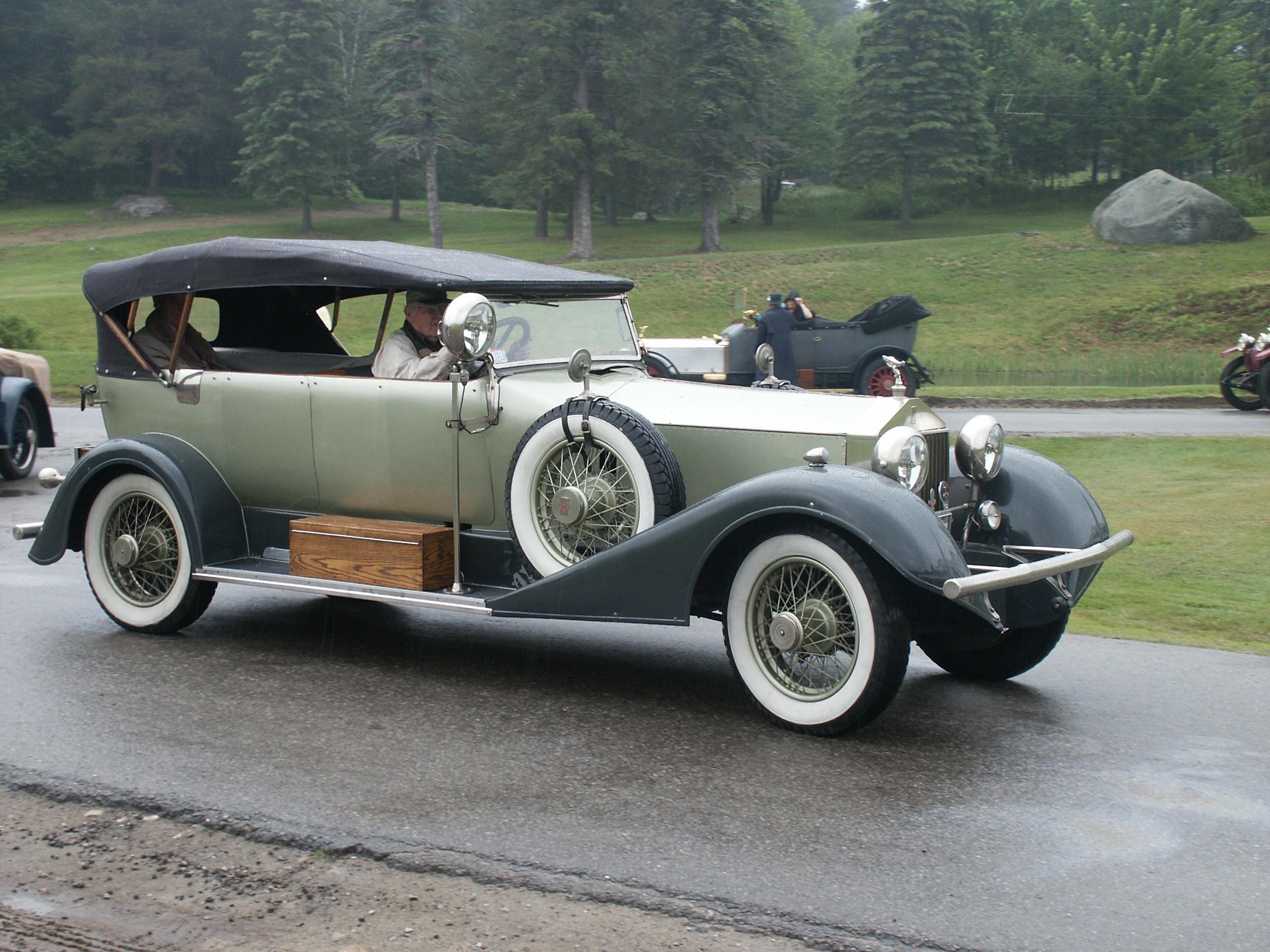



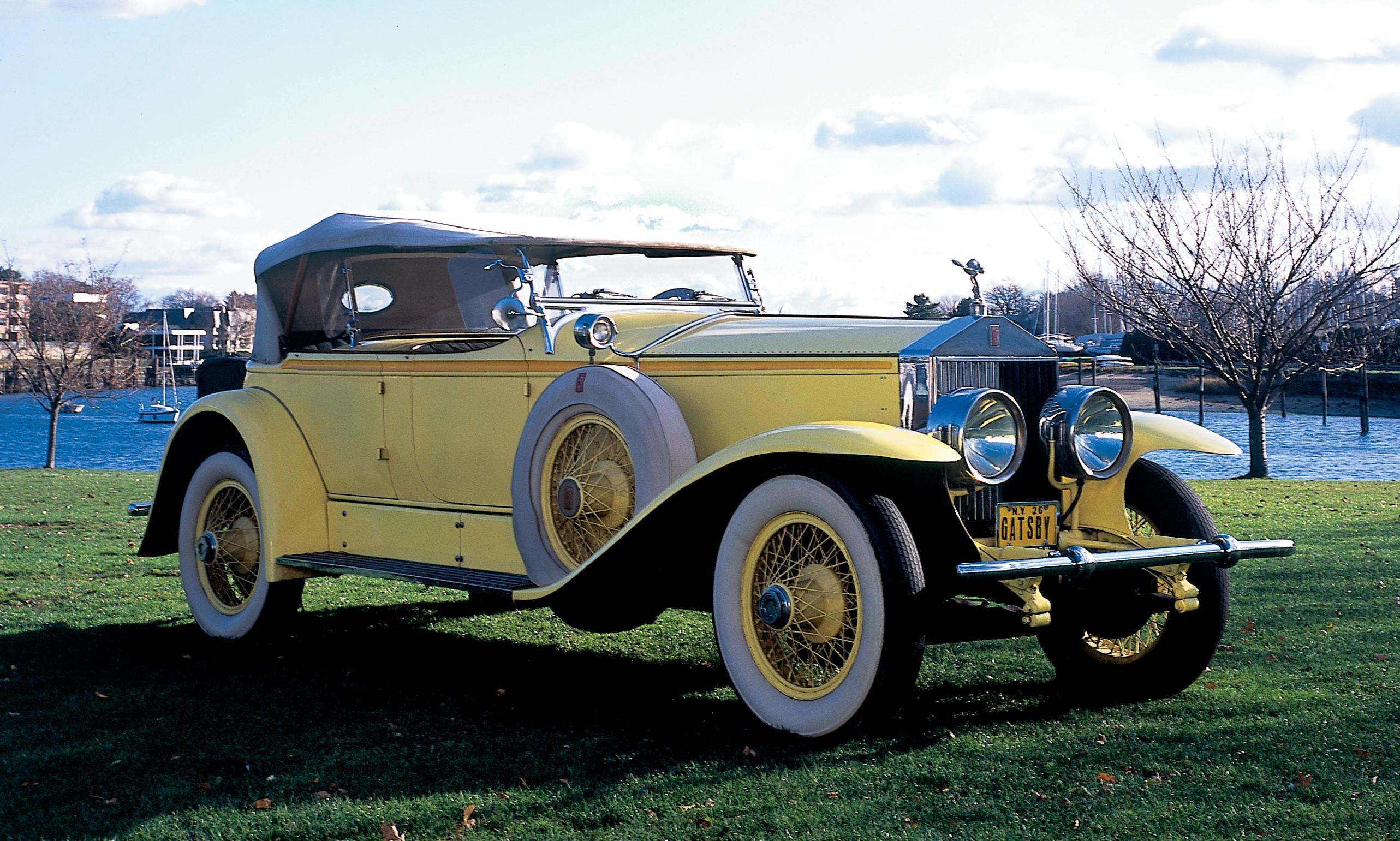
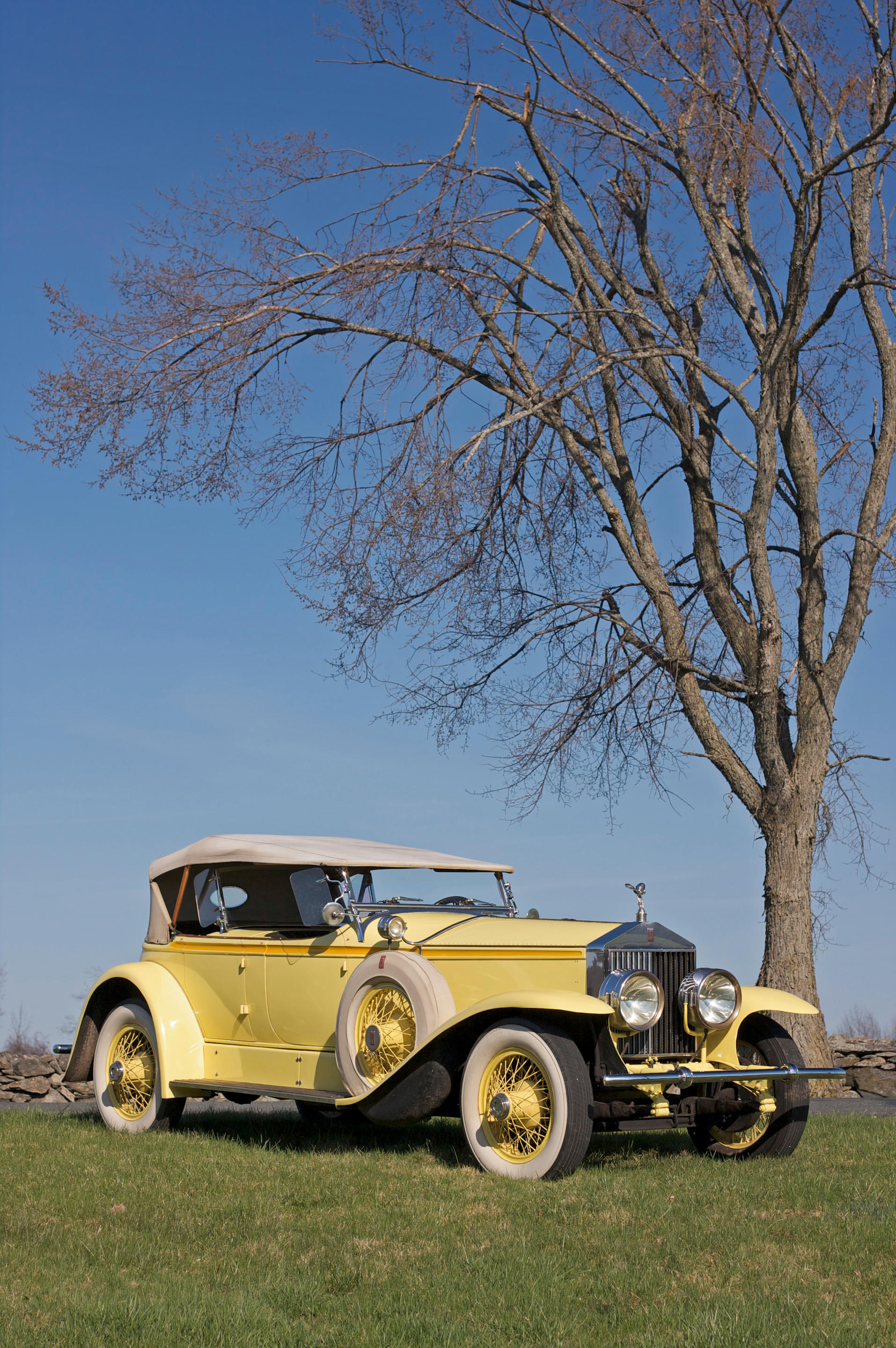
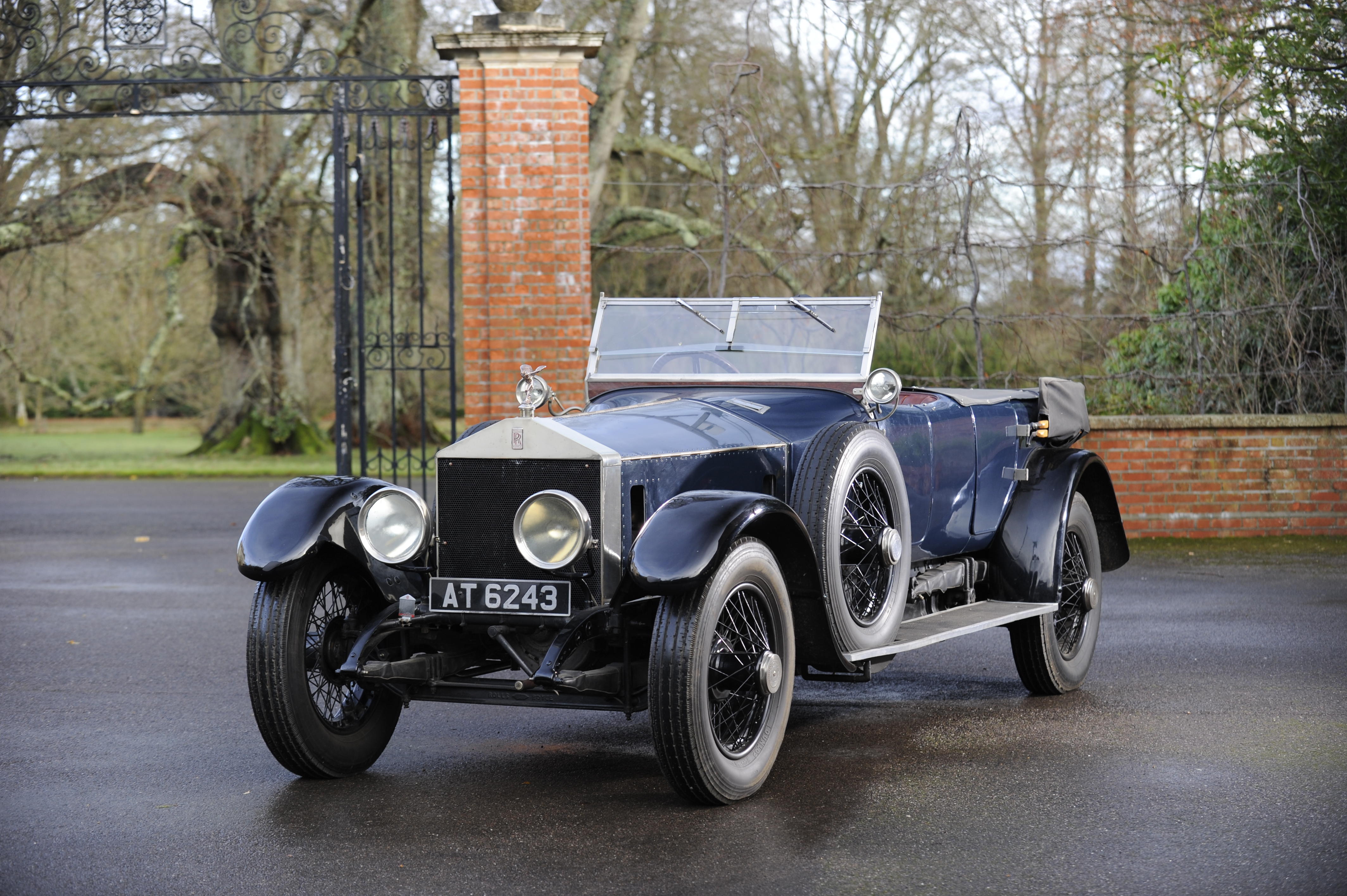

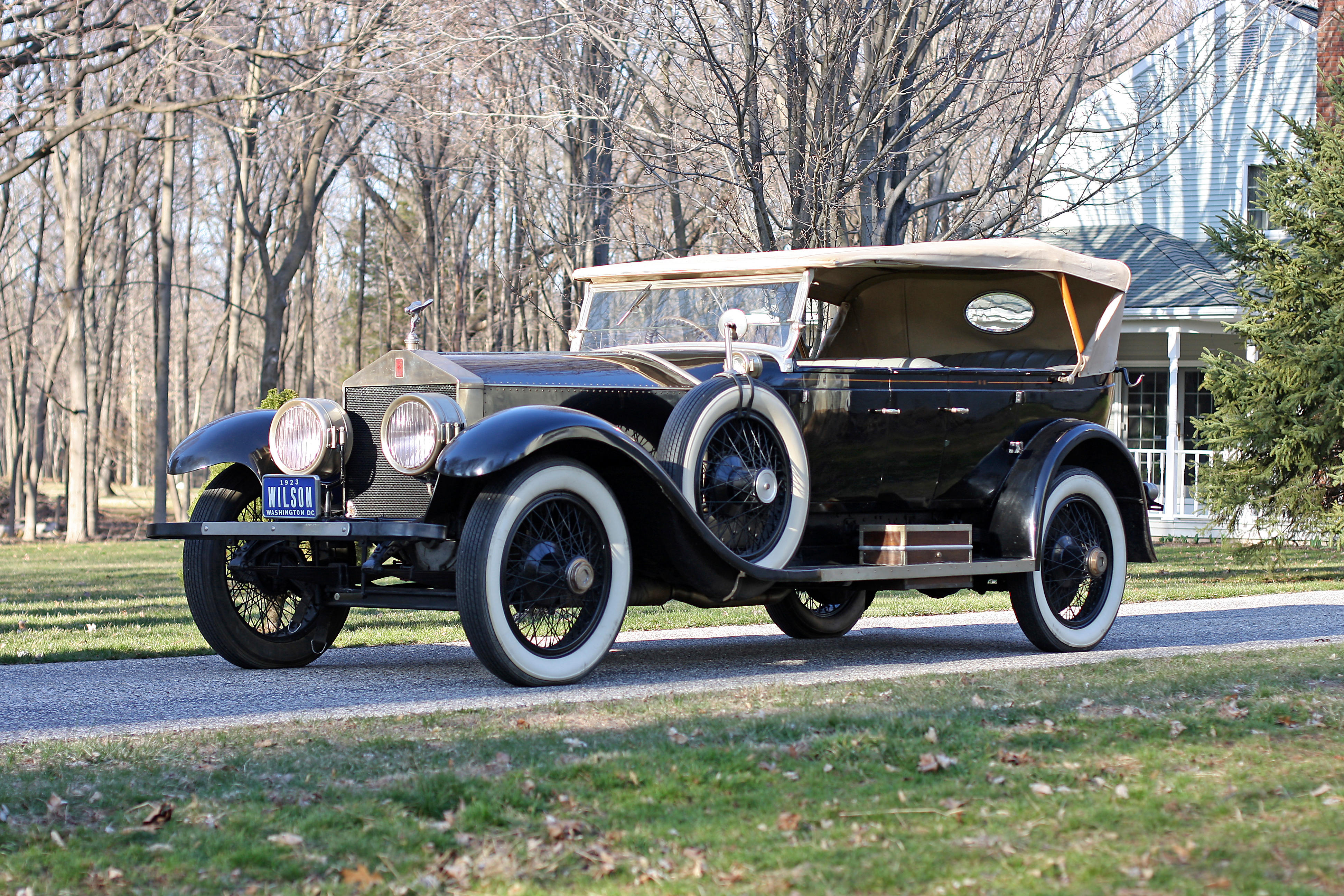

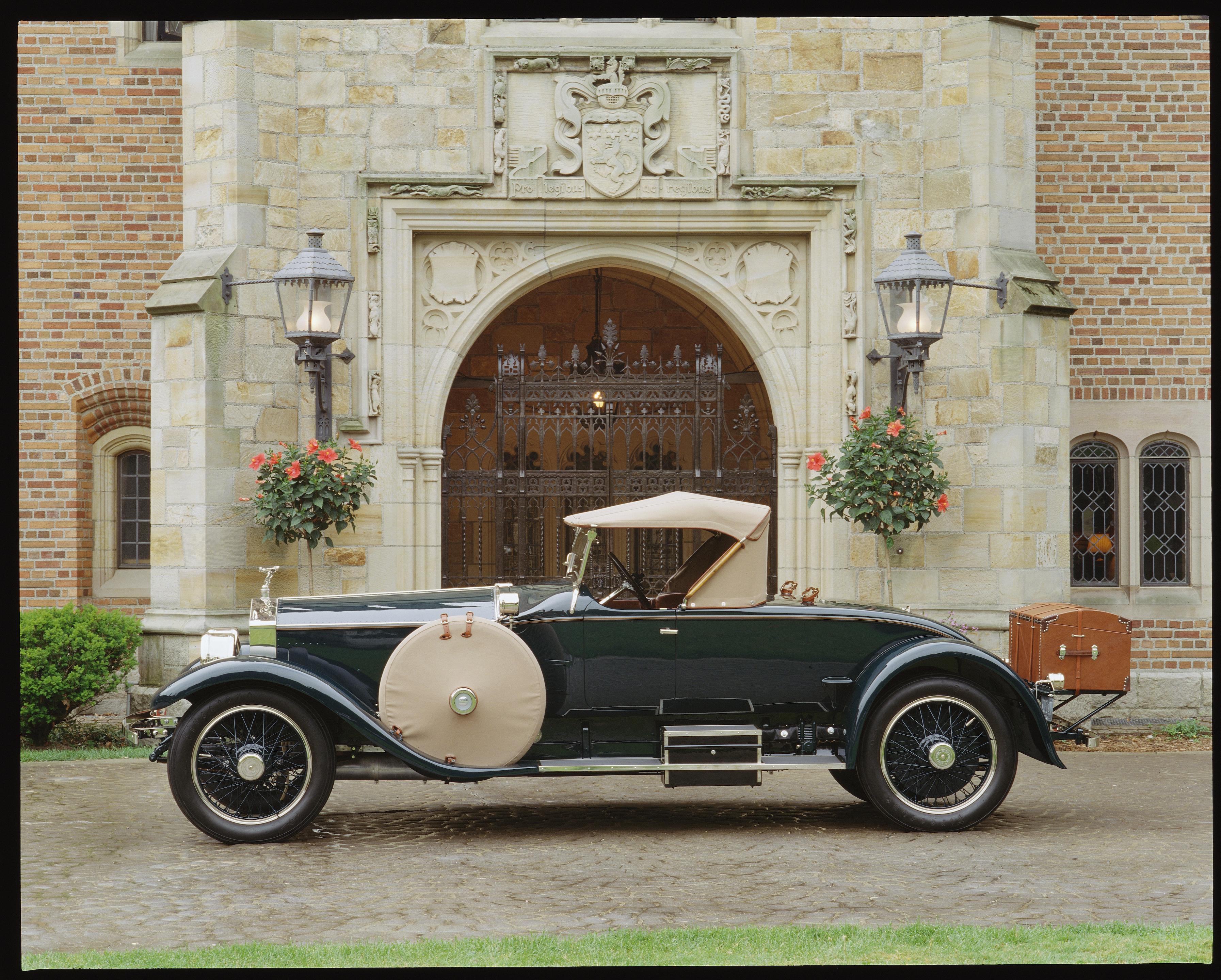
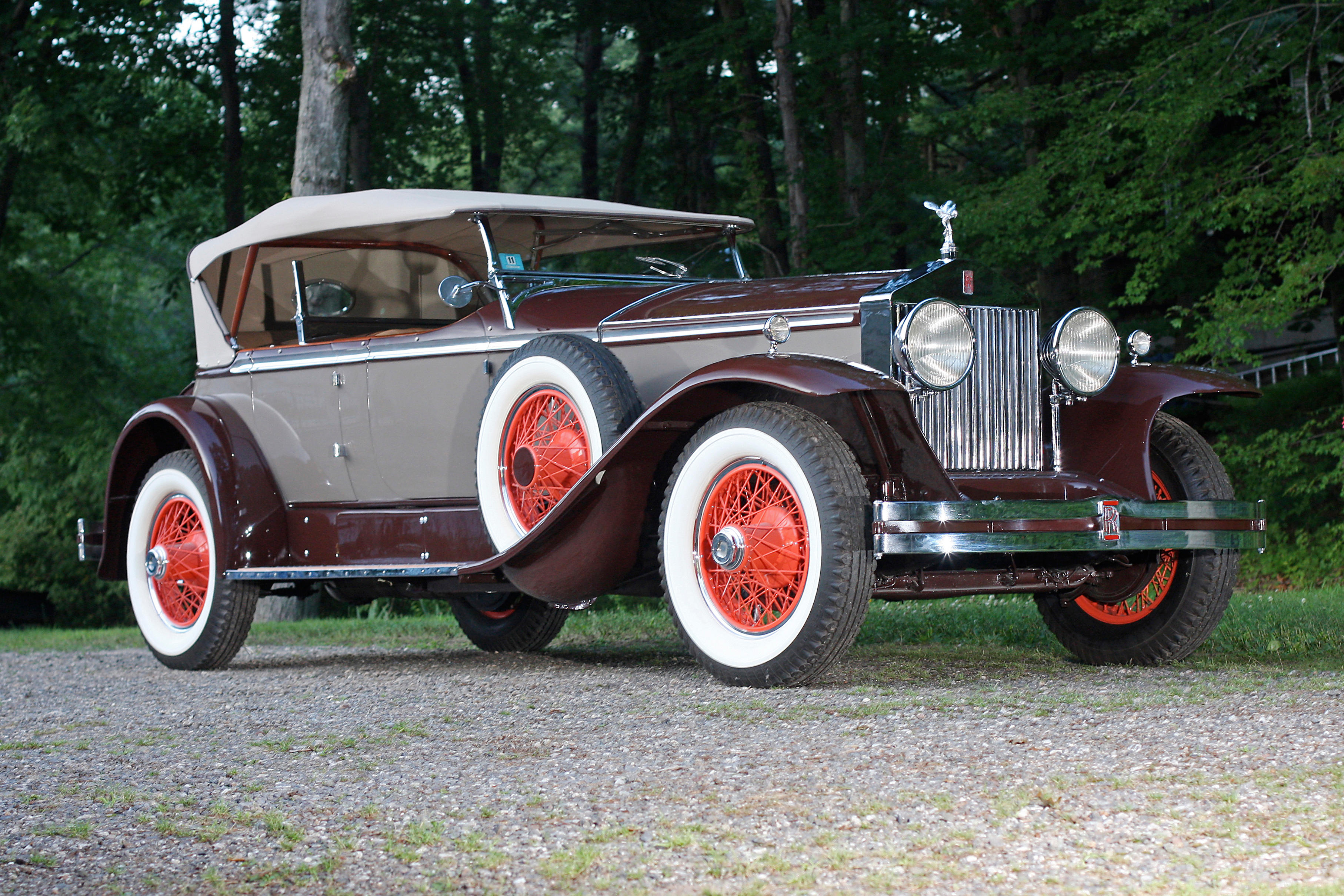



Testen Sie LotSearch und seine Premium-Features 7 Tage - ohne Kosten!
Lassen Sie sich automatisch über neue Objekte in kommenden Auktionen benachrichtigen.
Suchauftrag anlegen